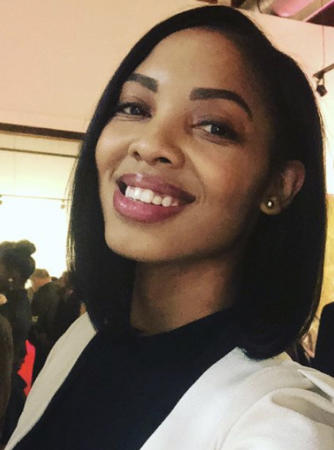Humans aren’t meant to be alone. Though many of us enjoy our own company, we’re social creatures — something leading dating app Tinder has successfully learned to harness. Tinder is the premier place to date and meet new people.
As we discussed in “Tinder Takes a Stand,” Tinder has been reinvesting in the people who make the organization shine in an era of change by utilizing conferences, inclusive culture training, panels and mental health initiatives.
A true OG in dating apps, diversity and inclusion are principles that have long guided Tinder’s progress. In a step to address bias when matching profiles early on, Tinder broke away from the norm by challenging members to see beyond labels. The company says, “Inclusivity is in Tinder’s product DNA because we believe no one should be defined by the box they check.”
“That’s why we don’t, and never have, used filters to match. We don’t ask or use factors like race, religion or political affiliation, because we believe demographics do not define a person. We want to create an inclusive space where connections are made regardless of their skin color, beliefs, or background,” Tinder says.
In short, the app has worked to refocus digital dating on enhancing member experiences. This has meant building and testing spacing for all voices and listening when Black and other underrepresented voices speak up — a pledge that Tinder calls “Taking Care of Everyone in Our Community.”
Going Beyond the App to Increase Diversity and Inclusion
Recognizing the importance of inclusivity across all branding and marketing platforms, over the years Tinder has started in its very own backyard by celebrating Black voices and experiences. Responding to member feedback, Tinder rolled out a campaign in support of interracial couples by launching a Change.org petition that called out the lack of diversity in the emoji world. It’s something that (still) hadn’t trickled down to most phones, including iPhones, which at the time had no options for Black couples or families. In a call to action, Tinder asked members and supporters to “help bring interracial couple emojis to keyboards around the world.”
Known as the “Represent Love” campaign, for Tinder, “Emojis are the universal language of the digital age. We use them to show our emotions, to give clarity and context to our conversations, and to represent the world around us. It may seem like there’s an emoji for everything, but that’s not the case.”
Says Tinder, “While emojis for people of color and emojis for same-sex couples both became a reality in 2015, one group of people is still excluded from emoji representation: interracial couples. Isn’t it time all love was represented?”
The company has also created a space to celebrate #BlackLove through a series of campaigns dedicated to uplifting Black singles and couples, titled “Black Love Is.” Sitting down with 10 people from within the community, Tinder elevated stories about Black love and its impact through the lens of Black filmmaker Director X.
Of the directing experience, Director X says, “Making this film, casting and speaking with real people about what Black Love means to them, we found those touchpoints for everyone. It is exciting to know that these stories, with all their vulnerability and tenderness, will be seen far and wide. They represent a present I am proud to live in.”
Similarly, Tinder says, “We’re highlighting their real-life experiences because Black love deserves to be represented honestly and authentically.”
—
As Tinder works to create more opportunities to tell diverse stories, it hopes to design and promote a safer space for Black and other marginalized members. Through trial and error, it’s also shown a willingness to listen when such efforts miss the mark.
For this platform, it’s all about “constantly working to make Tinder a safer and more trusted place to meet new people.” Learn more about the opportunities to join the Tinder team in their mission here.
This piece has been brought to you in partnership with Tinder.


